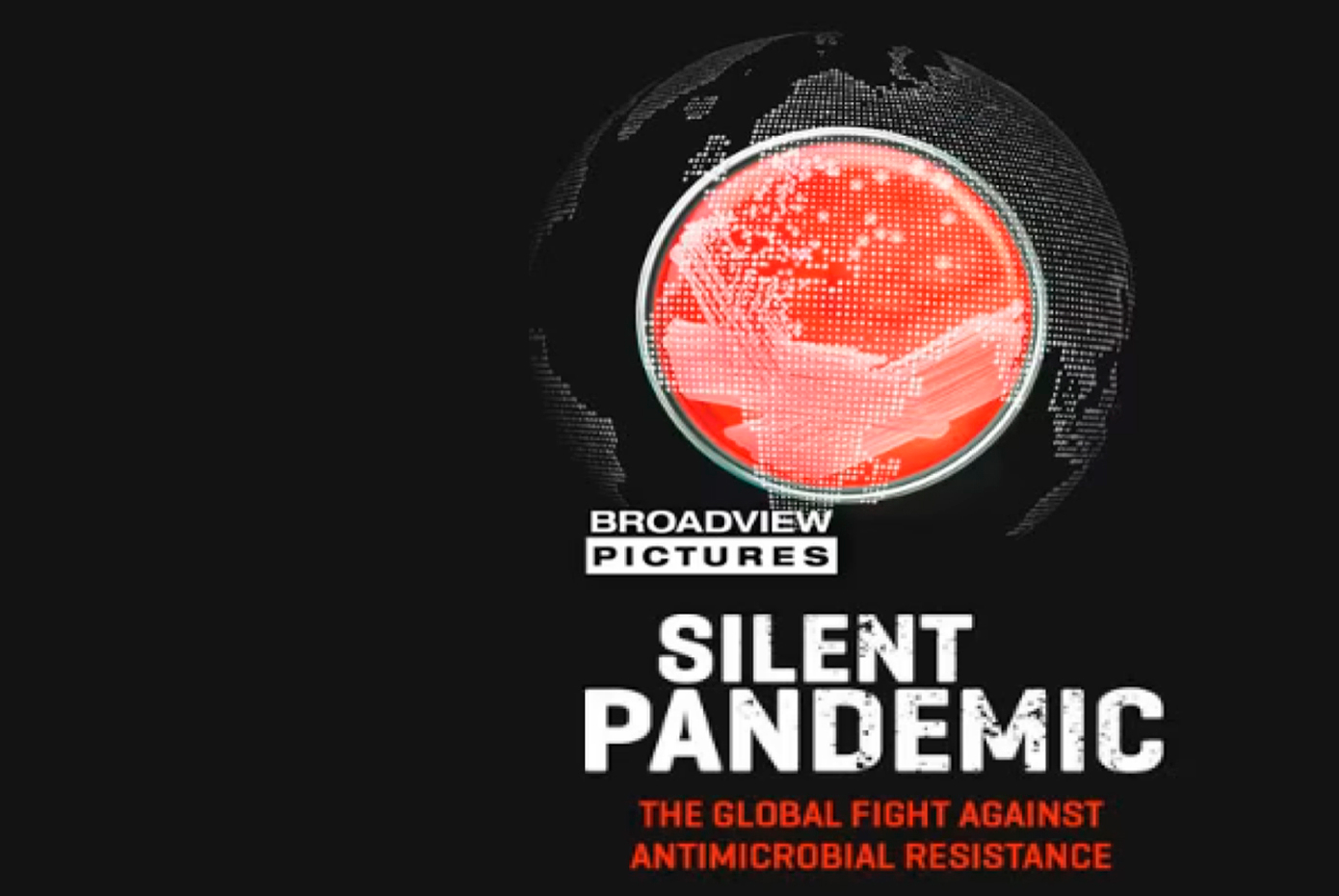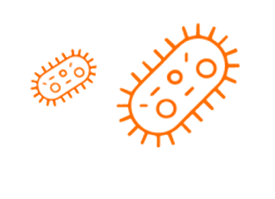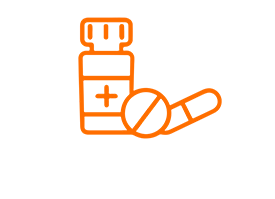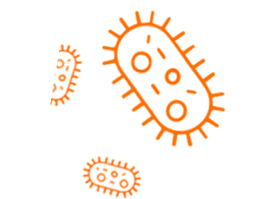
At your side in the fight against antibiotic resistance
What is Antimicrobial Resistance (AMR)?
Since the introduction of penicillin in 1942, antibiotics have transformed the treatment of infections and saved millions of lives. However, penicillin “resistant” organisms were noticed almost from the beginning. Now, decades of misuse of antibiotics and non-standardised guidelines have led to a significant and worrisome increase in organisms resistant to these
life-saving drugs.
Antimicrobial resistance (AMR) is the ability for microorganisms (including bacteria, fungi, viruses, etc.) to override the effects of antimicrobial drugs, rendering them ineffective.1,2 AMR can affect anyone of any age in any country.1
Today, AMR is one of the biggest health threats worldwide, causing more than 1 million deaths each year, and that number is growing.3

The impact of AMR
1.270.000
deaths per year worldwide directly attributable to AMR5
1.000
deaths caused by infections from historically curable common bacteria5
Every 15’
someone dies from infections caused by resistant bacteria in the US alone6
10 million
deaths and more than $1 trillion in production losses globally by 2050 caused by AMR7,9
1 in 5
people who died from AMR in 2019 were children under the age of 55
27 million
people each year in the US receive unnecessary antibiotics to treat respiratory infections10
BD supports you in the fight against AMR
By clicking on each AMR-related topic, you will be able to view the corresponding BD solution.

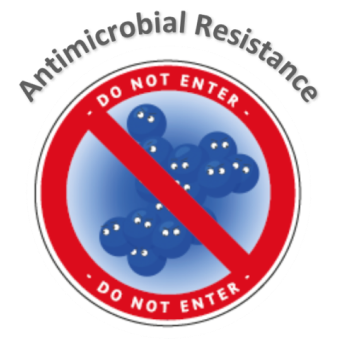
BD’s role
Our global public health efforts aim to expand access and foster innovations to address key global public health needs, including antibiotic-resistant infections. We possess strong capabilities that are instrumental in containing antimicrobial resistance. We offer a wide range of solutions that can be used to prevent the spread of infections in healthcare facilities.
We provide our extensive global capabilities to meaningfully undertake 5 key strategies to reduce the burden of antibiotic-resistant infections.
Controlling
Infections
Surveillance
Antimicrobial Stewardship
Innovation
Awareness

Infection Control
Infection prevention and control initiatives aim to prevent the spread of infections caused by multidrug-resistant bacteria, reduce the need for antibiotics, and help curb the emergence of antibiotic resistance.
Infection control practices are essential to countering antimicrobial resistance. Preventing drug-resistant infections reduces antibiotic use and improves patient outcomes
Washing
hands
Global vaccination
Prevention measures
Sources of infection
Healthcare environment
Healthcare facilities are high-risk environments for the spread of pathogenic organisms. Some 7-10% of hospitalised patients and 33% of patients in intensive care units contract at least one healthcare-associated infection (HAI).1,2
Caregivers
Only 40% of healthcare practitioners adhere to recommended handwashing practices, although reported rates are nearly 100%.3
Medical devices
Medical devices and surgical procedures are potential sources of infection. Some 17% of central line infections, 14% of surgical site infections, and 10% of catheter-associated infections are caused by antibiotic-resistant bacteria.4
Patients
Patients can be a source of transmission of bacteria to healthcare practitioners, other patients, and often to themselves. Up to 30% of individuals carry Staphylococcus aureus, a potentially harmful bacterium.5
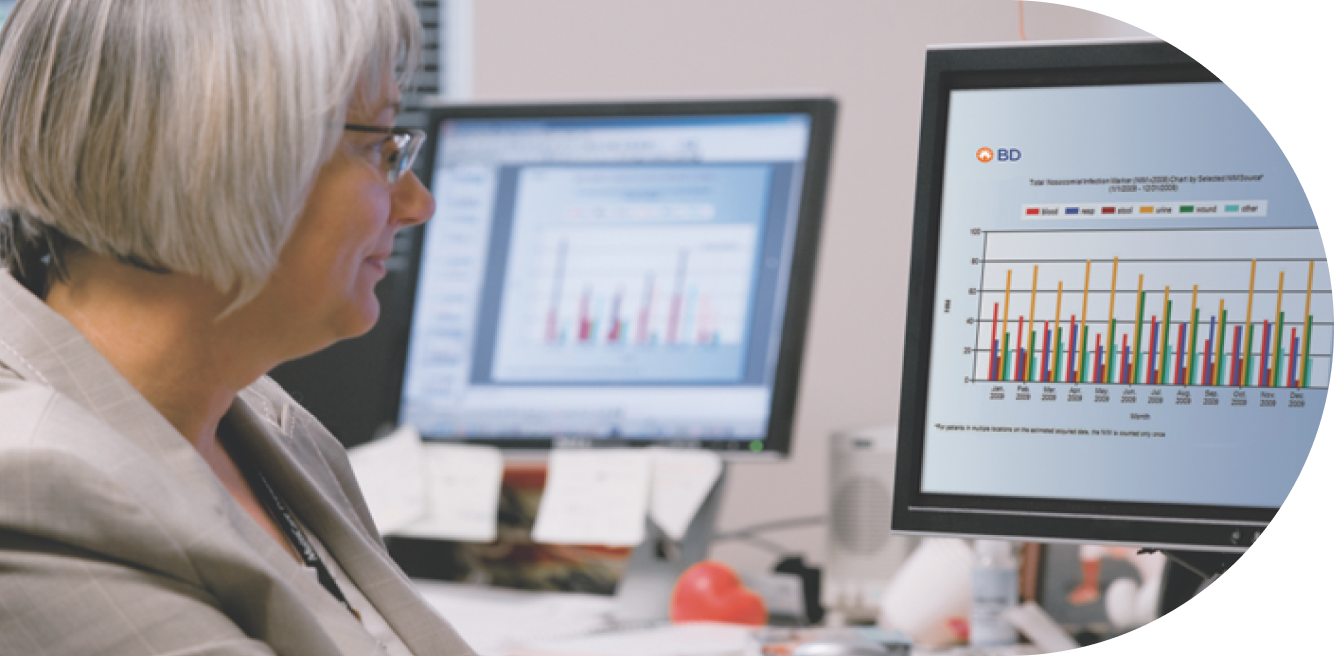
Surveillance
Surveillance is necessary to understand the extent and risk of drug-resistant infections and to identify emerging threats when and where they occur in order to develop an appropriate and effective response.
Surveillance includes reporting, analysis, and collaboration. All of these aggregate factors allow decision makers in health care facilities, regulatory agencies, and government agencies to be adequately informed.
That is why we work with organisations committed to strengthening laboratory diagnostic and reporting systems, as well as training healthcare practitioners in best practices to improve management and surveillance.
Without surveillance, we will not be able to attract the attention and resources needed to address antimicrobial resistance
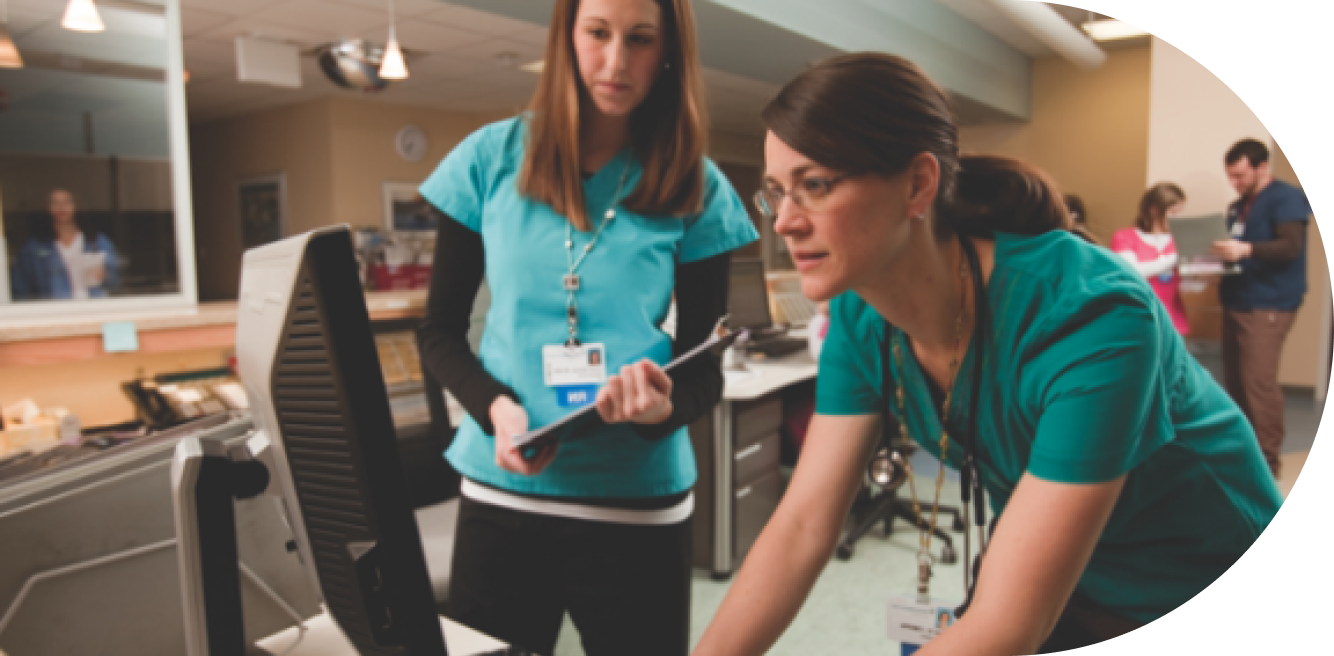
Antimicrobial Stewardship
Put simply, antibiotic stewardship means being more prudent, more discriminating, and more accurate, about how we (as a society) use them.
Antimicrobial stewardship programmes in healthcare settings are designed to optimise antibiotic therapies with the aim of slowing down the emergence of drug resistance.
Accurate and rapid diagnostic tests are a crucial element of management. The diagnostic solutions available to us today can support healthcare professionals in identifying the pathogen causing the infection, determining whether it is resistant, and guiding the clinician in making appropriate treatment choices.
WOULD YOU LIKE TO DOWNLOAD THE ANTIMICROBIAL STEWARDSHIP FLYER? WE RELEASE ONE PER MONTH. COME BACK IN JULY TO DOWNLOAD IT. IN THE MEANTIME, YOU CAN READ THE ONE ON INFECTION CONTROL AND SURVEILLANCE
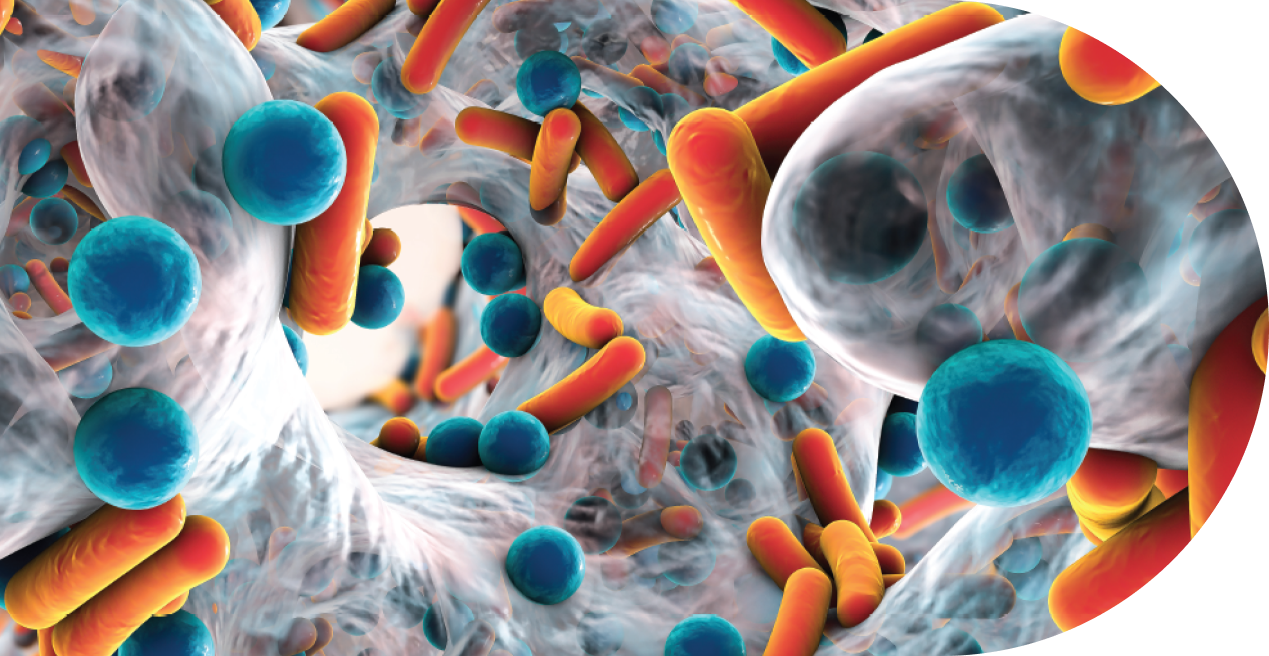
Innovation
To slow the risk of AMR, more innovation and investment in the research and development of new antibiotics, vaccines and diagnostic tools are required.
As a leading global company, we remain heavily committed to investing in new solutions to counter AMR through the development of new diagnostic devices and computer systems that can support in:
- making the right clinical decisions
- improving sample quality and protecting sample integrity by properly acquiring and managing samples for testing
- reducing the risk of HAIs by efficiently identifying patients colonised by resistant organisms.
- guiding therapy and preventing the unnecessary use of antimicrobials by identifying the cause of infection.
- optimising the patient’s treatment plan by determining the specific antimicrobials that inhibit or kill particular bacteria.
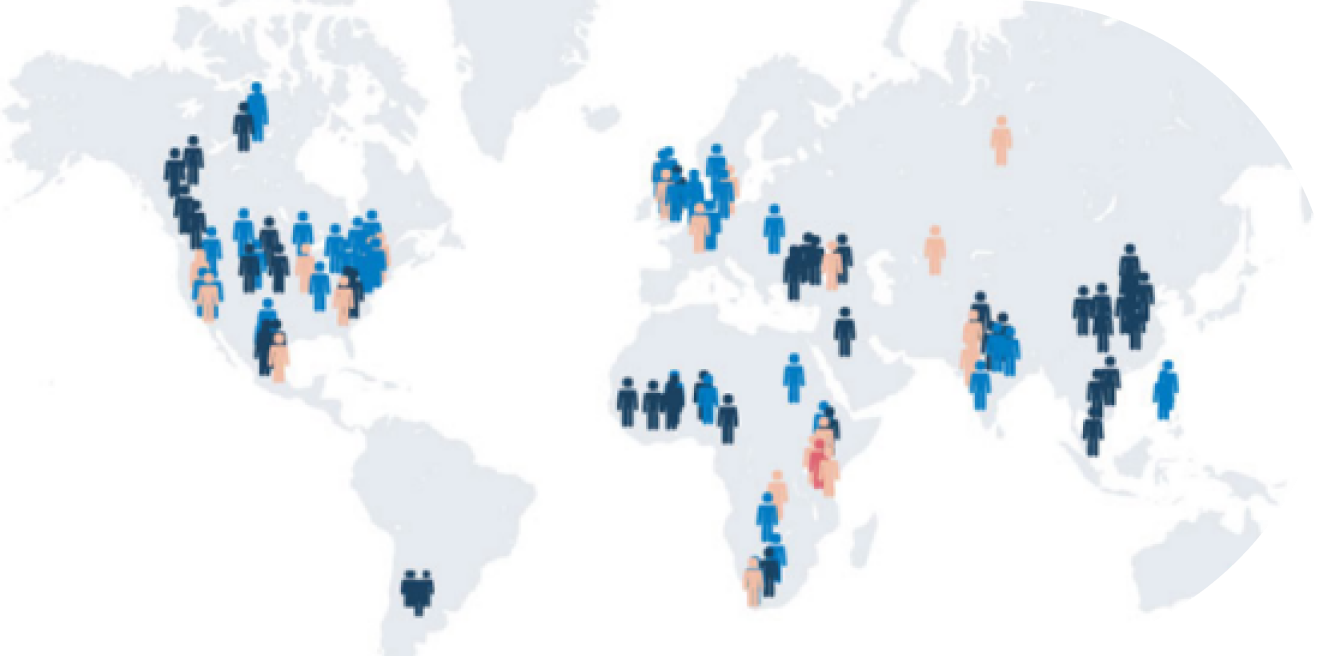
Awareness
Antimicrobial resistance is growing rapidly worldwide.
As founding sponsors of the Antimicrobial Resistance Fighter Coalition (ARFC), at BD we support education, training, and partnerships around the world to raise awareness around antimicrobial resistance and change behaviours that will help sustain the effectiveness of antibiotics for future generations.
Who is part of the ARFC?
The Antimicrobial Resistance Fighter Coalition is a courageous collective of like-minded organisations, leaders, and individuals who are united in their commitment to address the threat and burden of AMR.
